Pearl Grading System Guide

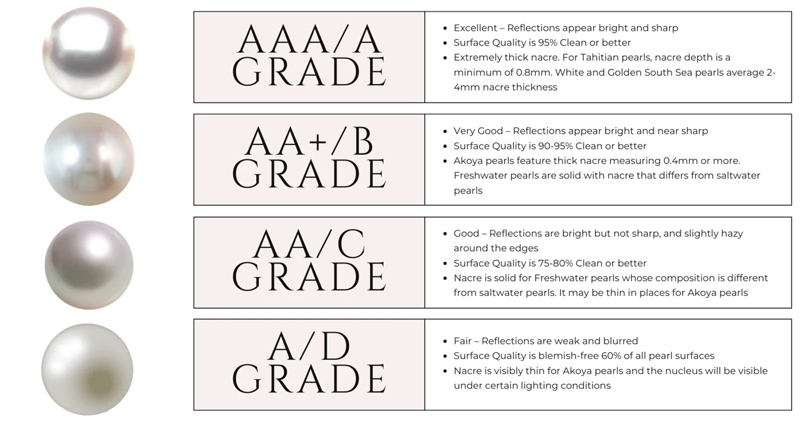
Have you ever seen the letters AAA sparkling on a pearl tag and had no clue what they meant? Being an expert in gemology and working with this precious stuff for several years, I can state that it's highly important to know the criteria and rules of classification of pearls to purchase reasonably.
Pearls, unlike any other type of gemstone, may come in various colors, shapes, sizes, and kinds of enchanting beauty. Each of them—be it a freshwater, Akoya, or Tahitian pearl—has its very own special characteristics contributing to its worth.
This highly comprehensive guide will take you through every minute part of the pearl grading system, ensuring you make your choice confidently so you end up with pearls that will be just perfect for you.
So, sit back, take a cup of tea, and let's travel through the amazing world of pearl grading!
Main Factors in the Pearl Grading System
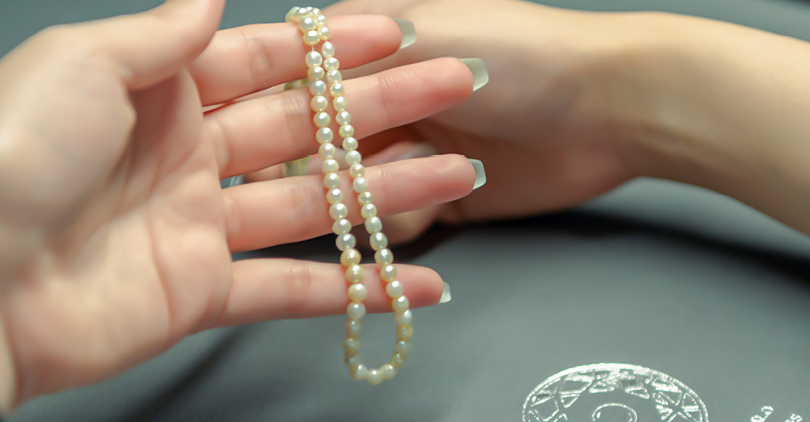
When it comes to the pearl grading system, several key factors determine the overall quality and value of pearls. Understanding how each of these factors contributes to a pearl's grade is essential for making informed purchasing decisions. Let's dive into each factor!
How Does The Pearl Grading System Work?
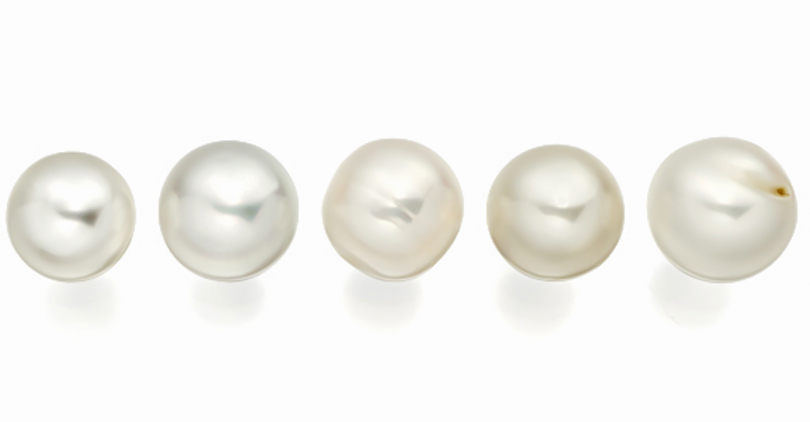
The pearl grading system is based on an assessment of five primary criteria: color, shape, size, luster, and blemishes.
For instance, in terms of luster—the amount of radiance and deep reflection a pearl has—pearls with higher-quality luster have more depth and shine than pearls with lower-quality luster.
Factors like surface imperfections or blemishes can also affect the price/overall value of a gem. Hence, that is why only top-shelf pearls wind up as loose ones for sale (while others get used in strands).
This attention to detail keeps standards high—and ensures you're getting what you paid for when buying fine jewelry!
Factors that Contribute to a Pearl's Overall Grade

Determining a pearl's grade involves assessing several key factors that contribute to its overall quality and value, as previously mentioned. These factors include:
•Luster: How well the pearl reflects light and shines on its surface—a tell-tale sign of high quality.
•Surface Quality: The presence of any blemishes or distractions on the surface can affect its grade.
•Shape: Pearls come in many shapes, including round, oval, button, and baroque—round pearls are the most sought-after.
•Size: Generally speaking, larger pearls are more valuable than smaller ones because they're harder to cultivate naturally.
•Color: Natural pearls have different colors. White is traditional, but pink and black are desirable too.
By analyzing these properties rigorously, graders give each pearl a grade to help buyers gauge the rarity and excellence it represents.•
What's the Point of the Pearl Grading System?
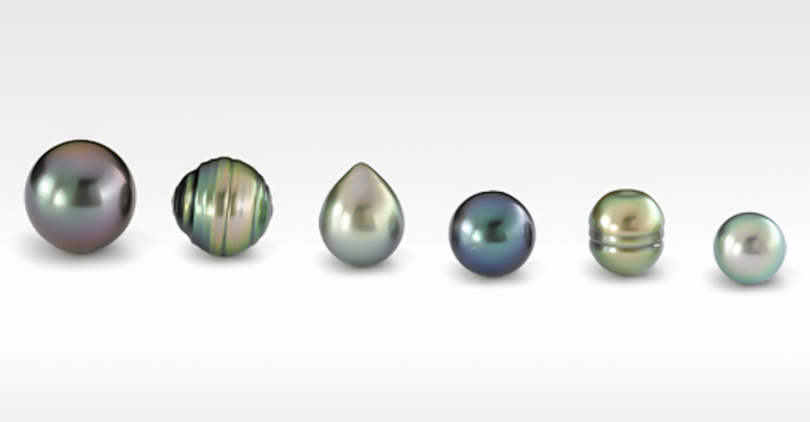
The pearl grading system has established a consistent way to evaluate and classify pearls. The aim is to allow buyers to make knowledgeable decisions and ensure that the price of the pearls is fair based on their quality.
A-AAA Pearl Grading Explained
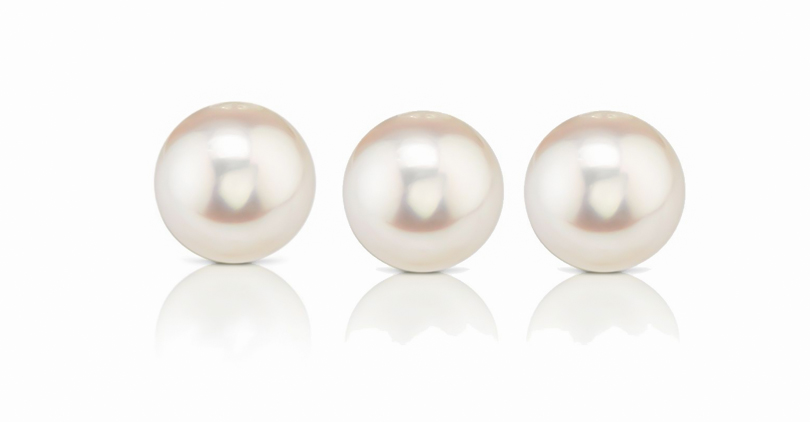
The quality scale moves A-AAA, with AAA being the highest grade and A being the lowest.
•AAA – Exceptionally high-quality pearls: These are nearly perfectly round, have very good uniformity, excellent luster (shine), minimal surface blemishes, and very desirable color.
•AA – Good-very good quality pearls: These may have slightly varying shapes or sizes, minor imperfections, or slightly less desirable colors.
•A – Lowest grade: A-grade pearls could vary in shape and size. They may have lower luster, visible blemishes, more irregular shapes, or less desirable colors.
A-D Pearl Grading Explained
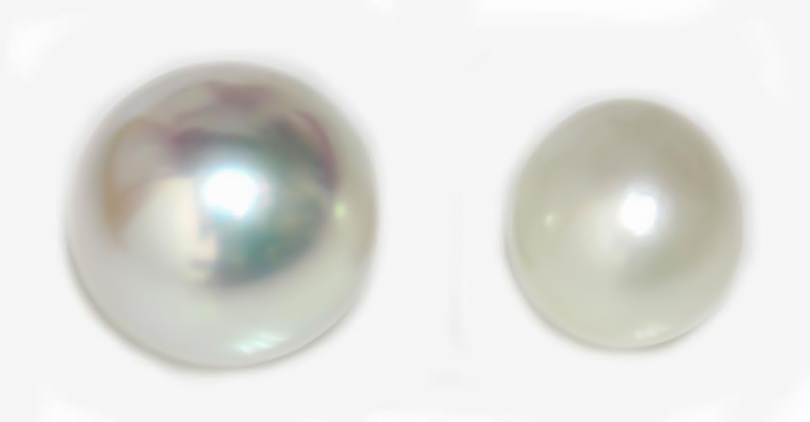
Pearls are also graded A-D in accordance with their quality and characteristics.
•A-grade pearls are the very best quality, with excellent luster, very light in blemishes, round in shape, large in size, and desirable color tones. These pearls are the crème de la crème and sell for prices to match.
•B-grade pearls have a good luster with slight blemishing, are medium-sized, possess slight to moderate off-roundness and slightly irregular shapes, and are good in color. They are not perfect, but they still provide good quality at better value.
•C-grade pearls will have quite prominent blemishes, lower luster, non-uniform shapes, and smaller sizes and will also be of not-so-desirable colors when compared to the higher grades. They are mostly used in low-cost jewelry.
•D-grade pearls are considered the lowest quality due to their poor luster, incredibly significant blemishes, non-symmetrical shapes, small sizes, and unattractive colors. It is not often recommended that these pearls be used for jewelry because of their quality.
Types of Pearl Grading Guide
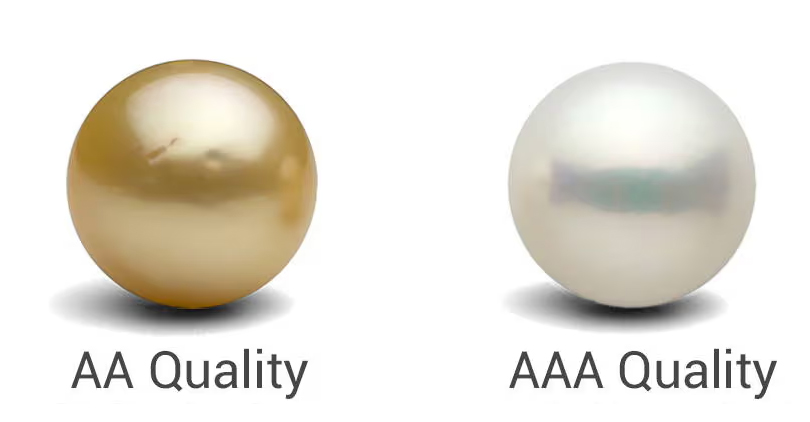
To invest wisely in pearls, it's essential to understand the grading process for different varieties. To that end, here's a bird's-eye view of how freshwater, Akoya, South Sea, and Tahitian pearls are graded:
Freshwater Pearl Grading

The qualities by which freshwater pearls are judged include luster, surface quality, shape, and color.
A common system used for judging freshwater pearls is the A through AAA scale, where AAA signifies excellent luster, nearly flawless surface quality, and either round or near-round shape. Grades A and AA have lower luster as well as more imperfections on the surface.
Another system uses letters A through D, with D designating very low quality due to significant imperfections on the pearl's surface as well as poor luster.
Akoya Pearl Grading Guide
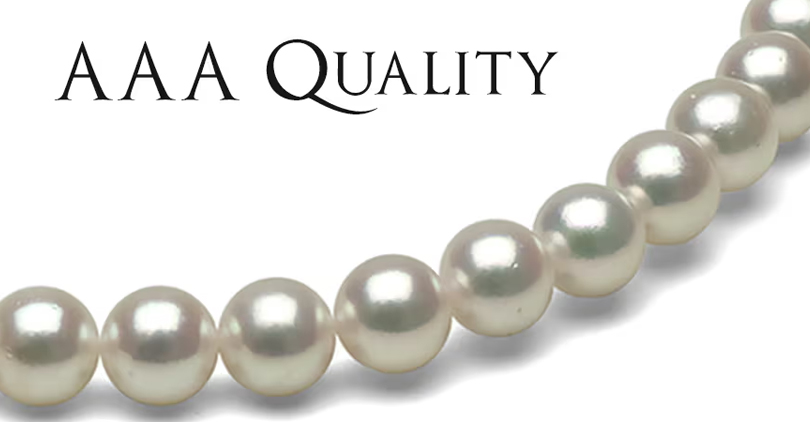
When it comes to Akoya pearls, the conventional grading system is A-AAA, though a few sellers may offer AAA+ for outstanding quality or use the Hanadama designation to refer to pearls that go beyond AAA in luster and surface perfection.
AAA-grade Akoya pearls exhibit high luster, very slight imperfections on their surfaces, and a perfectly round shape. Grades AA and A represent lower luster with more obvious surface flaws.
South Sea Pearl Grading Guide

For South Sea pearls – famous for being large-sized with satiny luster – the grading scale runs from A to AAA like its counterpart. Those graded AAA boast high luster plus a very clean surface virtually free of blemishes.
Pearls labeled AA possess slight imperfections on their surfaces but still have good luster, while those assigned an A rating display noticeable blemishing on their surfaces as well as less luster overall.
Tahitian Pearl Grading Guide
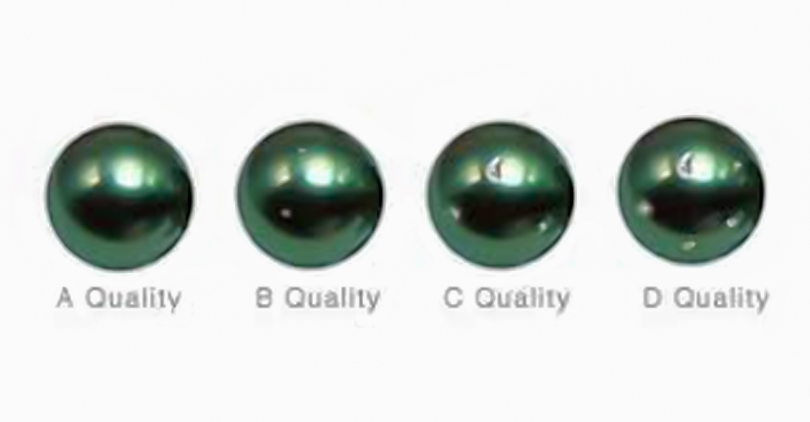
The grading of Tahitian pearls is based on their luster, surface cleanliness, shape, and color. The gradation usually ranges from A to AAA, with AAA indicating excellent luster, nearly perfect roundness, and surfaces that are almost without blemish. On the other hand, AA and A signify pearls with lesser shine and some imperfections on the surfaces.
Pearl Grading Across Different Vendors

It is important to note that pearl grading can differ from vendor to vendor. Even if sellers use the same terms like AAA, AA, A+, or A, each company may have its unique grading system.
This means that what one seller considers an AAA grade for luster, surface quality, shape, and overall beauty might not match up with another seller's definition of an AAA grade.
Below, we will outline how some major pearl vendors grade their pearls and what criteria they use for different qualities.
White Victoria Grading System
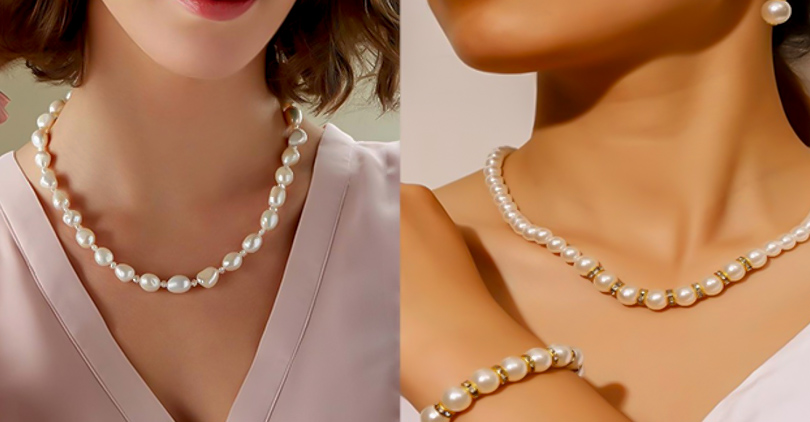
The White Victoria pearl grading system encompasses grades AAA to AAAAA in order of quality and rarity:
•AAAAA-grade White Victoria pearls offer exceptional luster, few blemishes, near-round shapes, large sizes, and pristine white color. These are the "perfect" pearls that attract great attention because they are so beautiful.
•AAAA-grade White Victoria pearls have excellent luster with minor imperfections, slightly irregular shape, medium to large size, and attractive white color. It is a high-quality alternative that's easier on your wallet.
•AAA-grade White Victoria pearls have a good luster with noticeable blemishes, irregular shape, smaller size, and less desirable white color. They still make excellent jewelry but just not as perfect as higher grades.
Mikimoto
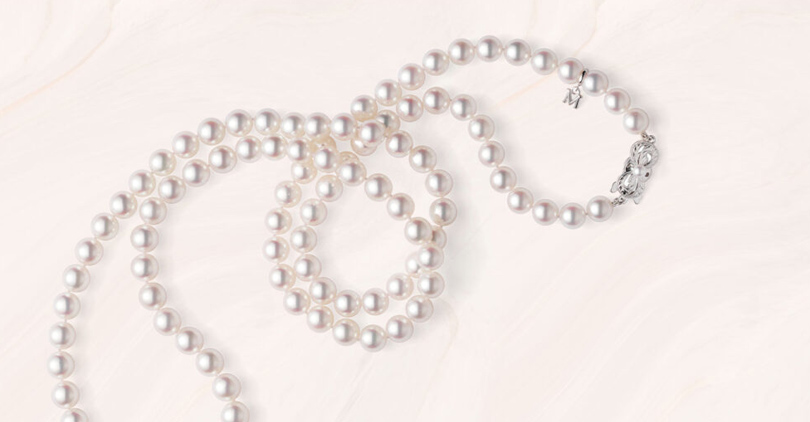
Mikimoto is famous for being the pioneer of cultured pearls, and they have a very strict grading system.
•AAA: This is the best quality; it must have excellent luster and be at least 95% surface defect-free. This pearl should be so clean that it has a mirror-like reflection.
•AA: Very high luster and at least 75% surface defect-free. It should reflect clearly but may have slight blemishes on its surface.
•A+: Good quality with high luster, some imperfections over no more than 25% of the surface area.
•A: Average quality with moderate luster and minor imperfections over no more than approximately 30% of the pearl's surface.
Pearl Paradise
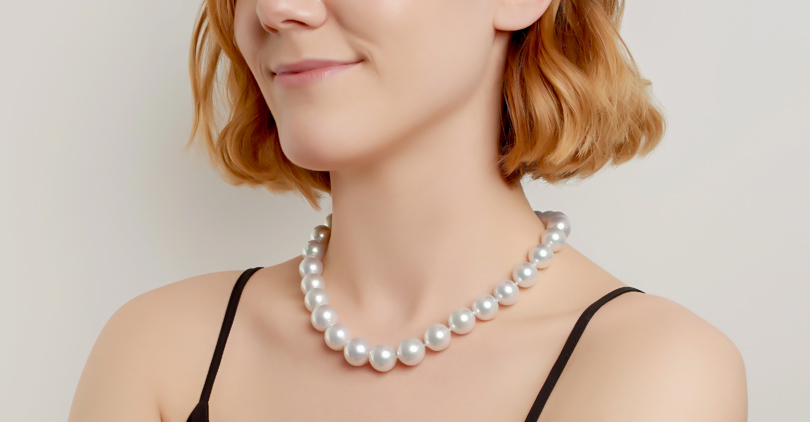
For a wide range of pearl varieties, plus a detailed grading system, look no further than Pearl Paradise.
•Gem Quality: Their highest grade – pearls with near flawless surfaces and exceptional luster.
•AAA: Pearls with excellent luster and at least 95% blemish-free surface area.
•AA+: Very good luster but may have some minor surface imperfections.
•AA: Pearls with good luster and a slightly higher allowance for surface defects or blemishes compared to AAA pearls
•A: Pearls with moderate luster that have significant (but fixable) imperfections on the surfaces.
Laguna Pearl
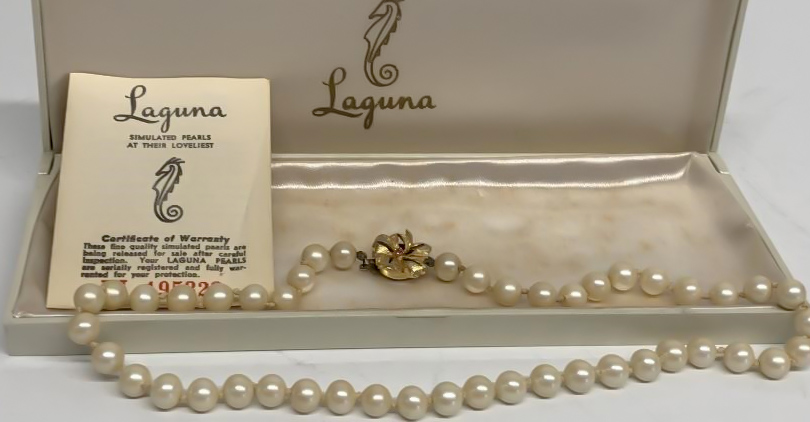
Laguna Pearl, a renowned provider of pearls with a wide array of types and prices, also grades its pearls from A to AAA:
•AAA: 95% blemish-free surface and exceptional luster.
•AA+: Very good luster and minimal blemishes on the surface.
•AA: Good luster and noticeable imperfections.
•A: Moderate luster and significant surface imperfections.
Conclusion
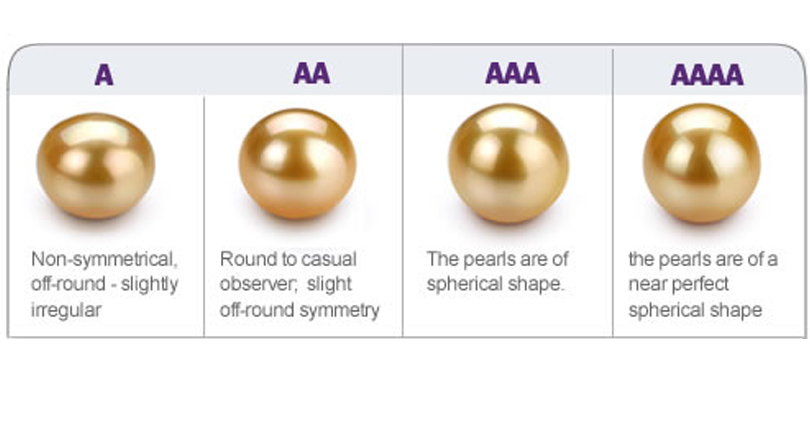
To make informed choices when buying pearls, it pays to understand how this gemstone is graded.
Whether you're shopping for Akoya, freshwater, South Sea, or Tahitian pearls, understanding the grading system means you can pick the right pearl for your jewelry collection.
Knowing what factors affect a pearl's grade and familiarising yourself with different grading guides is key to choosing high-quality pearls that suit your preferences and budget.
So next time you spot those AAA letters on a pearl label, you'll be able to decipher them – and make a savvy pearl purchase at the same time.
FAQs
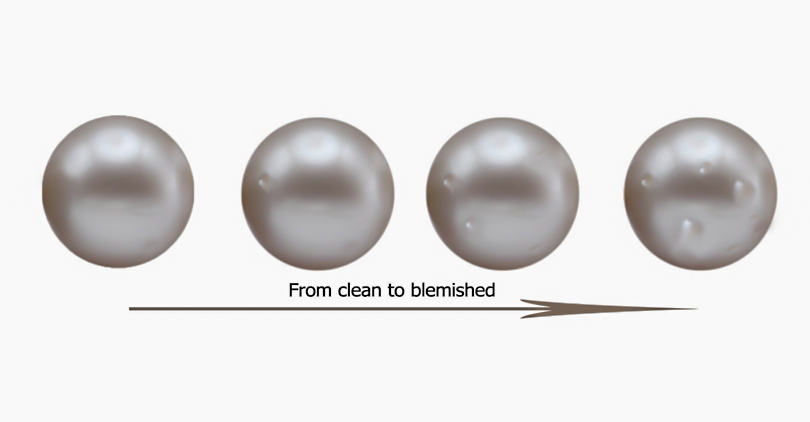
Which is better, AA or AAA pearls?
AAA pearls are often considered superior to AA pearls because they usually have a better luster, fewer blemishes, and rounder shapes.
Are AAAA-quality pearls good?
When it comes to luster, surface quality, shape, size, and color, AAAA-quality pearls are truly extraordinary. As a result, these pearls are highly coveted and have a lot of value.
How can you tell if a pearl is high quality?
High-grade pearls frequently boast impressive luster, unblemished smooth surfaces, round or symmetrical shapes, large sizes, and striking colors.
Are pearls rarer than gold?
Indeed, pearls are rarer than gold since their creation requires specific conditions and the cultivation of oysters. Consequently, each pearl becomes valuable and unique.


Leave a Comment